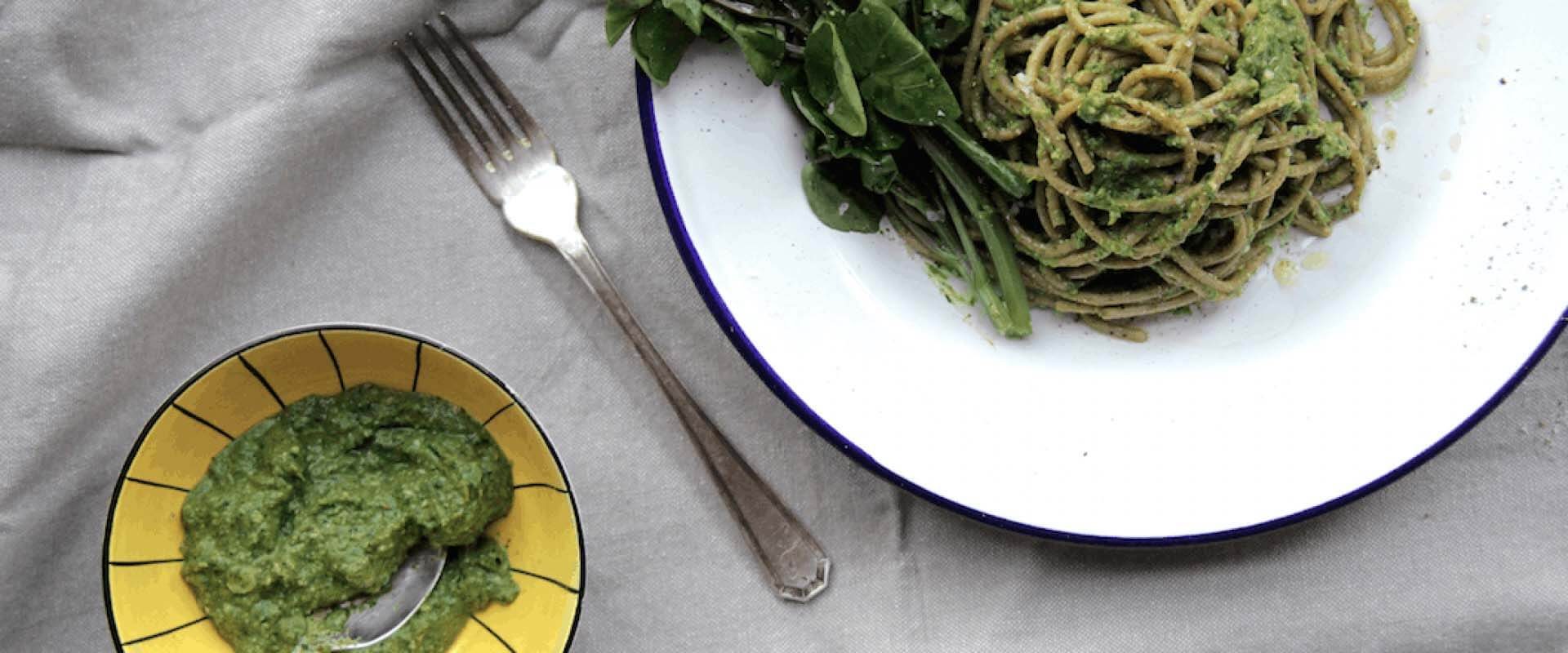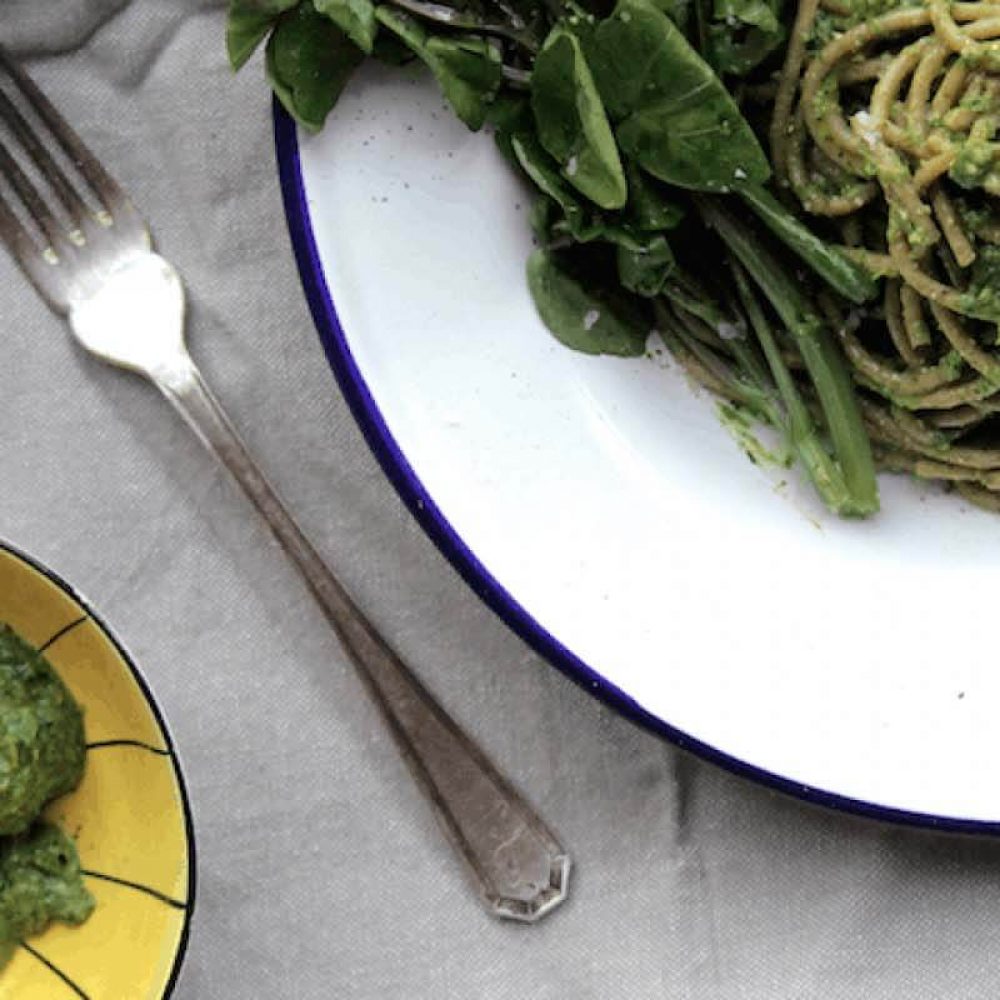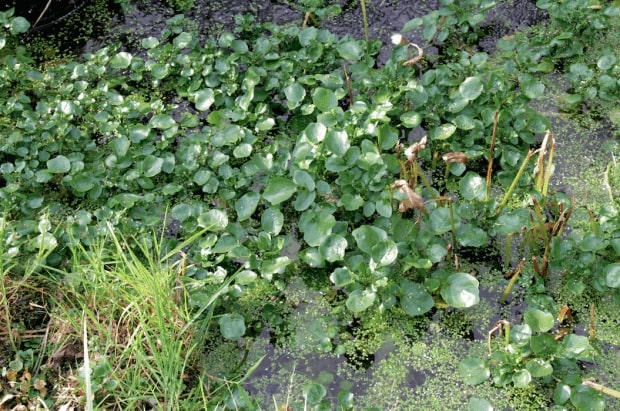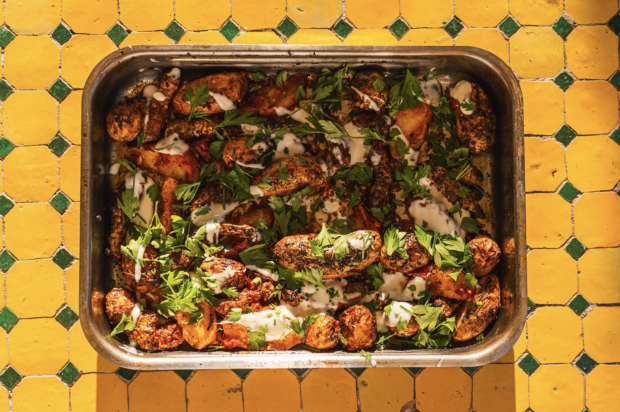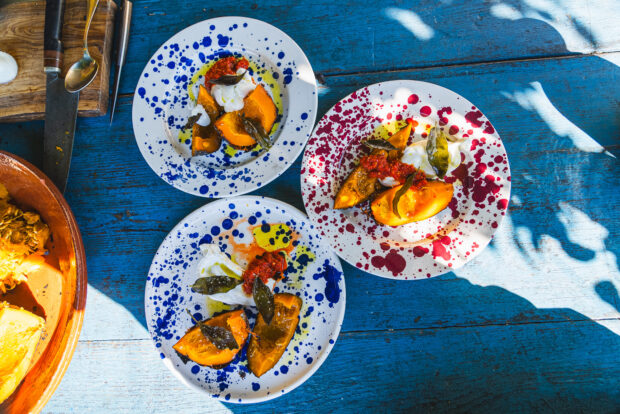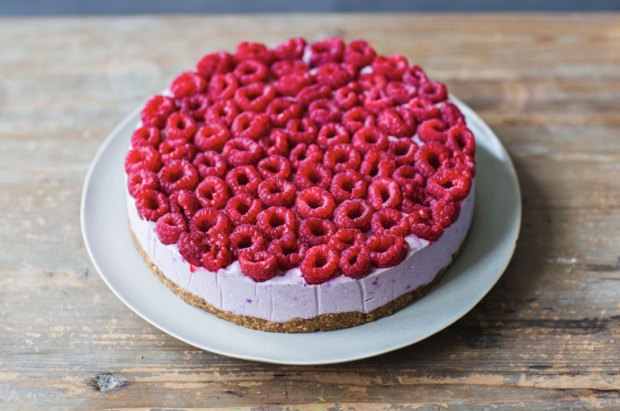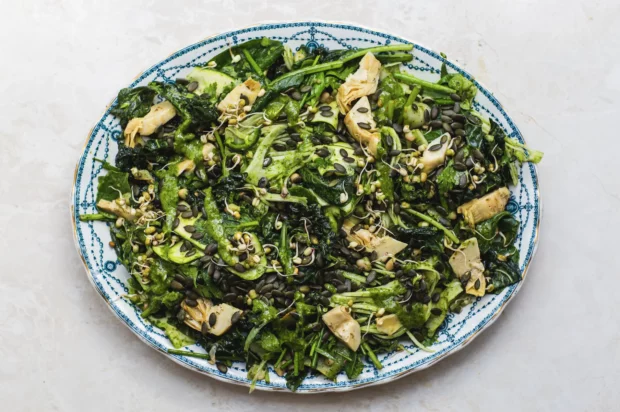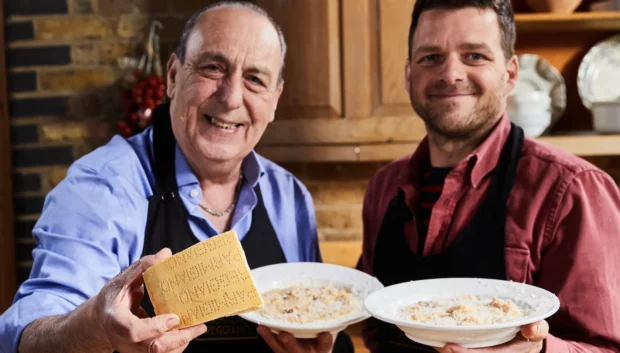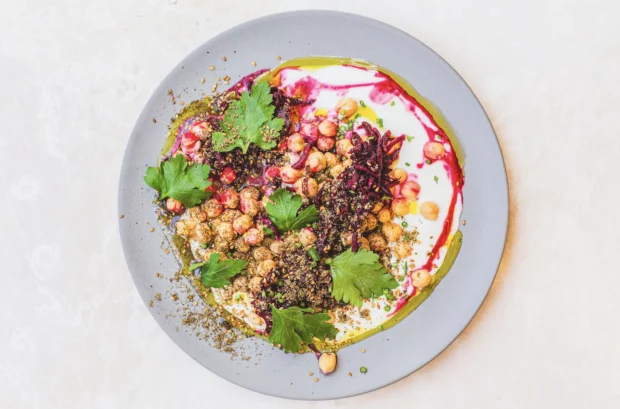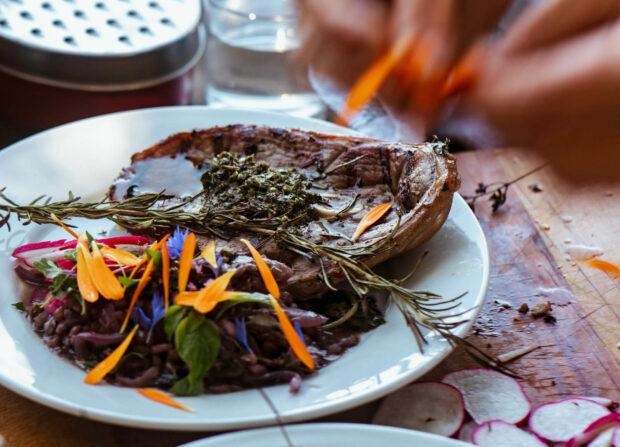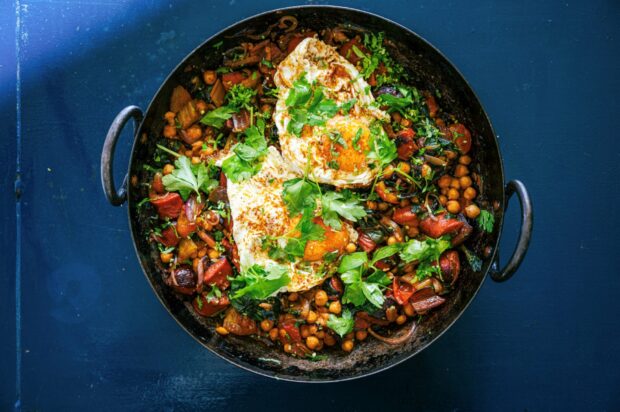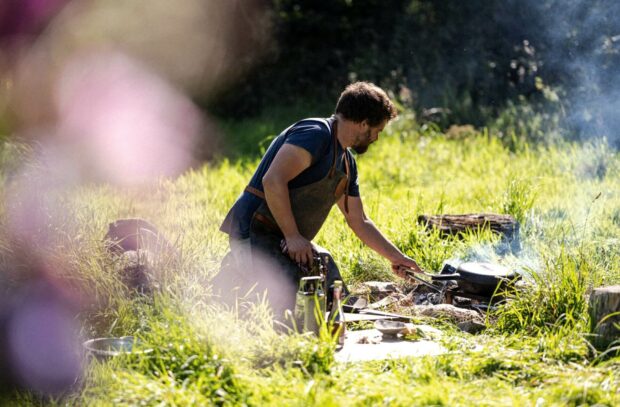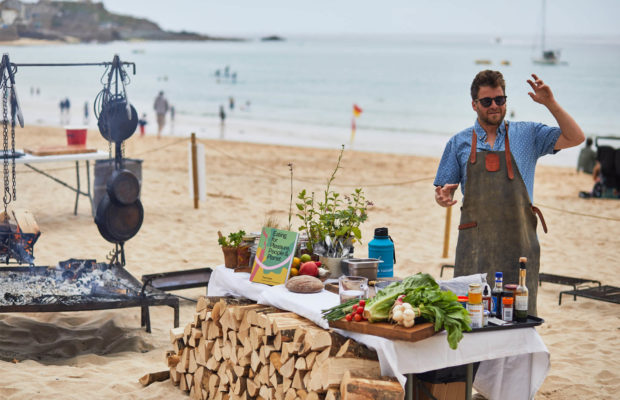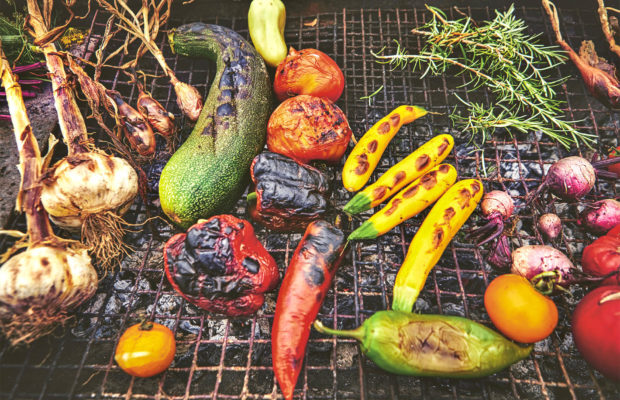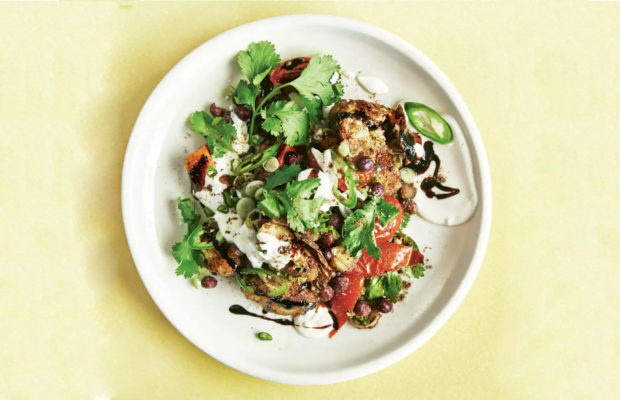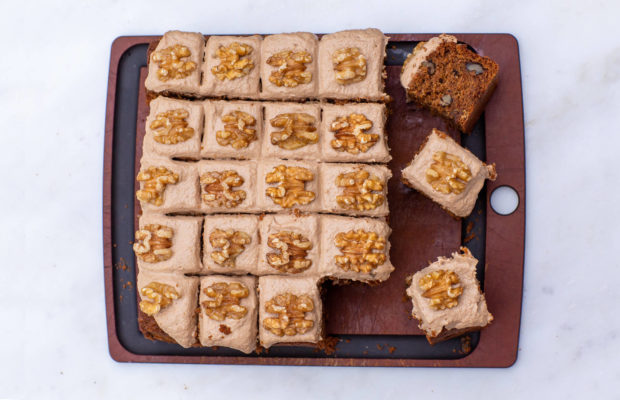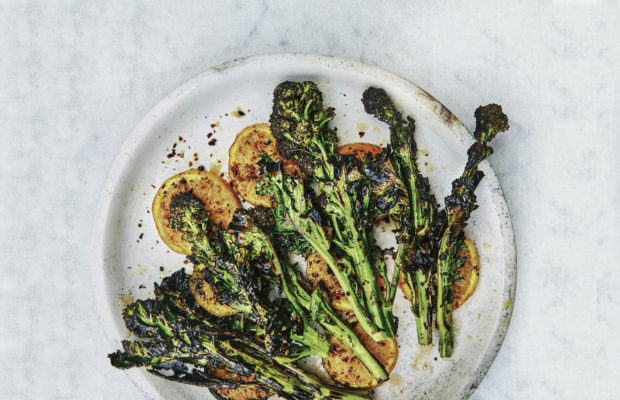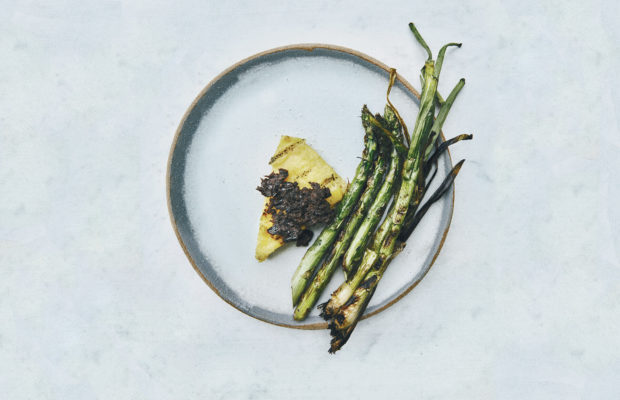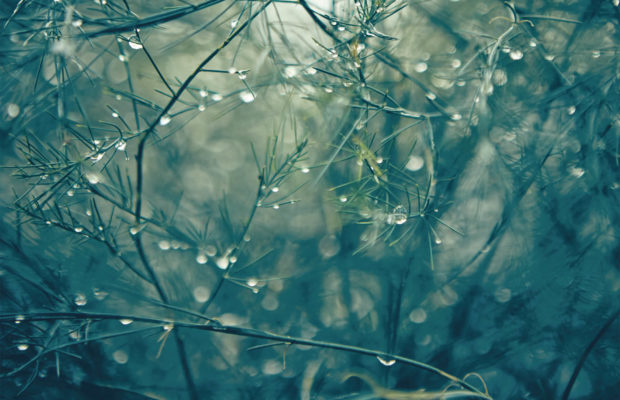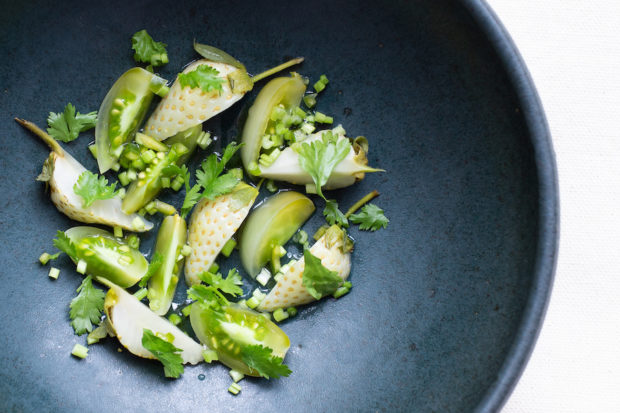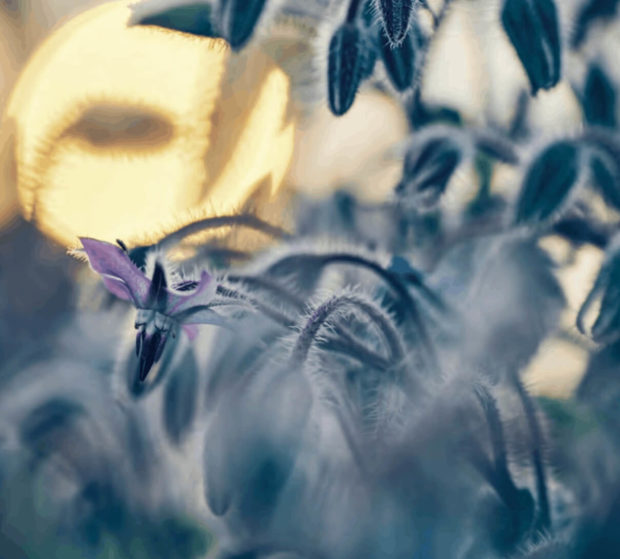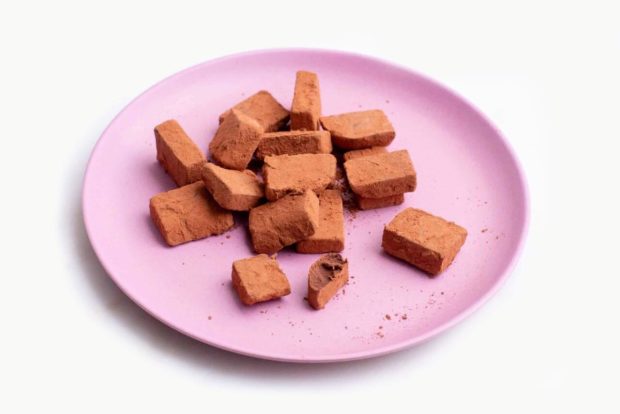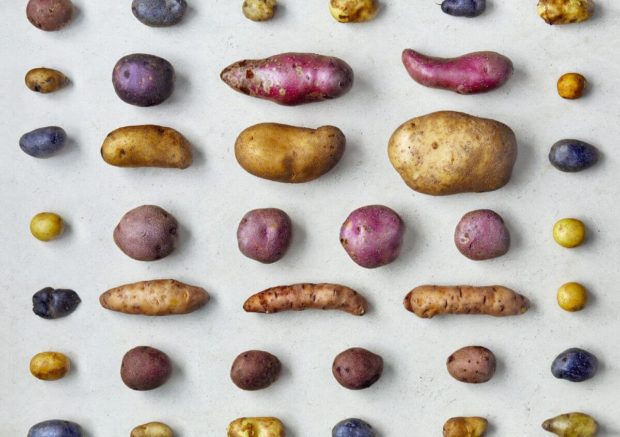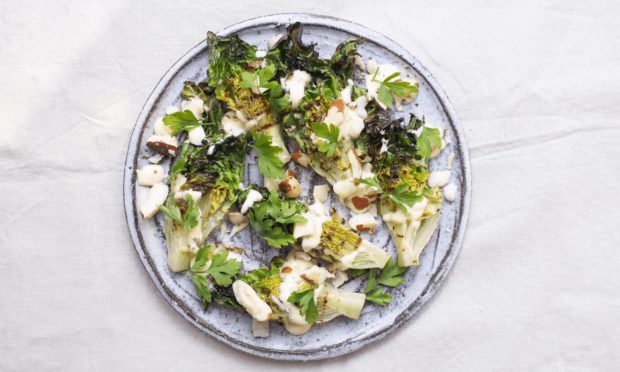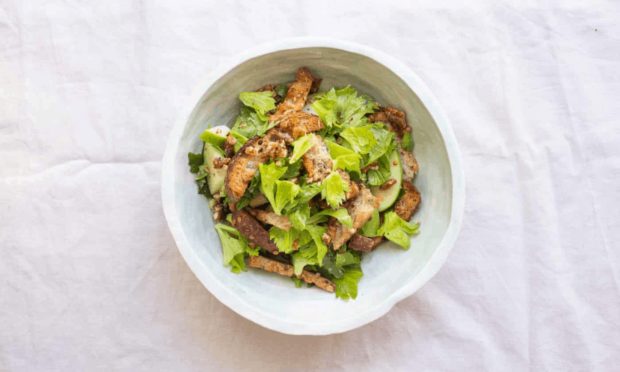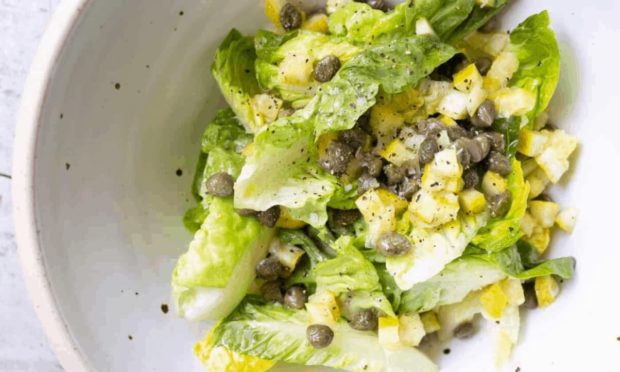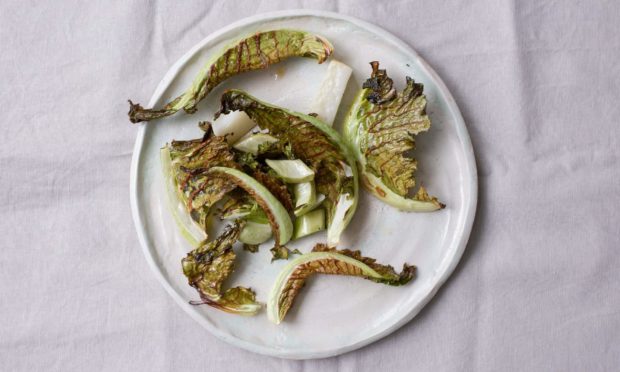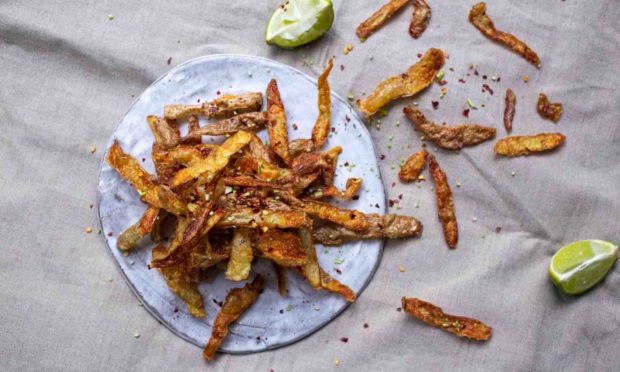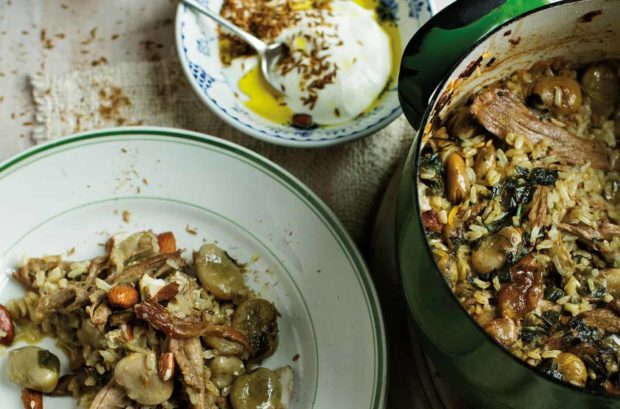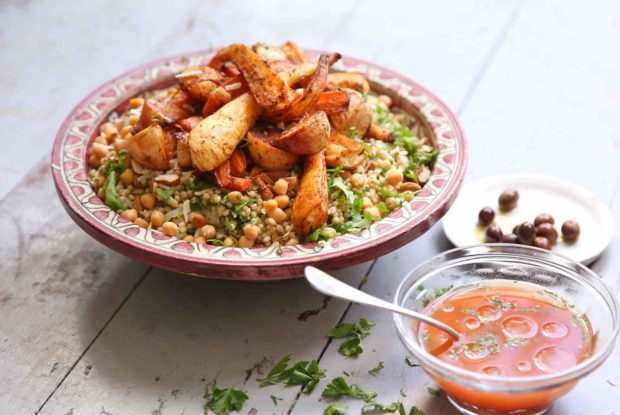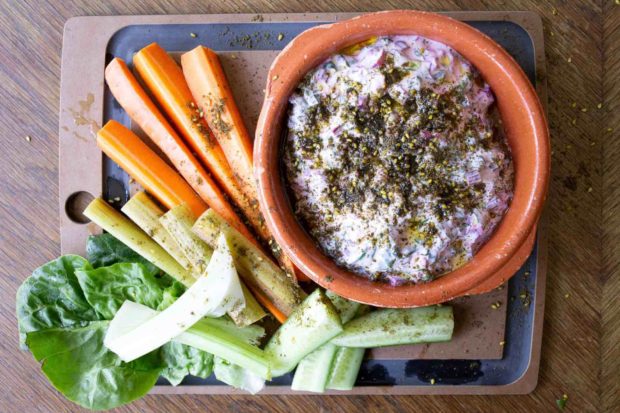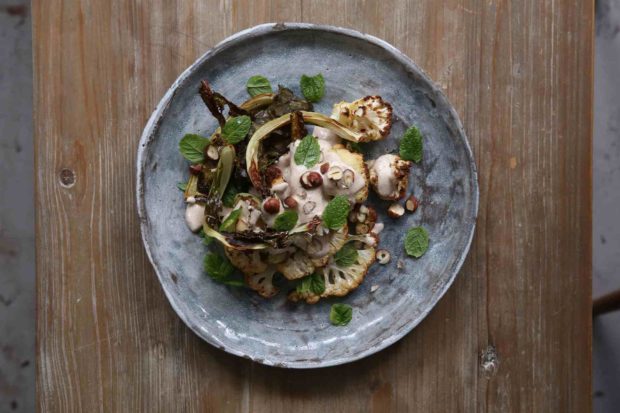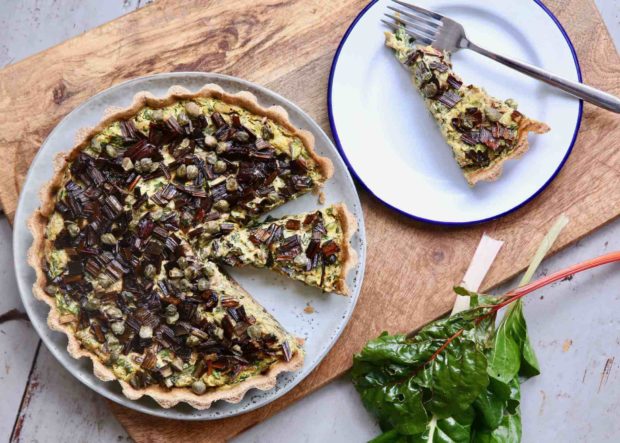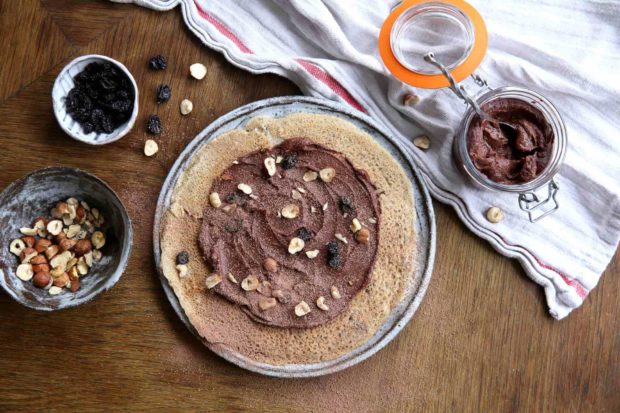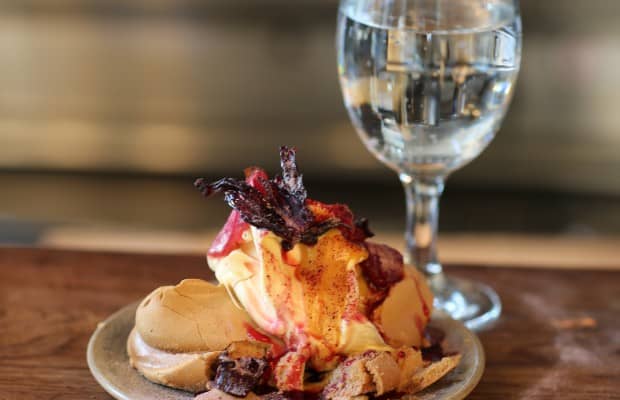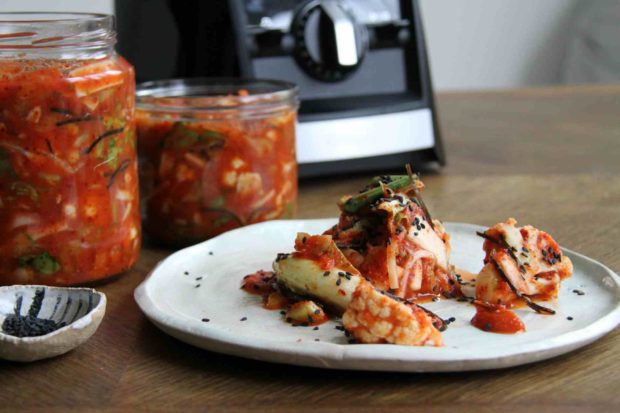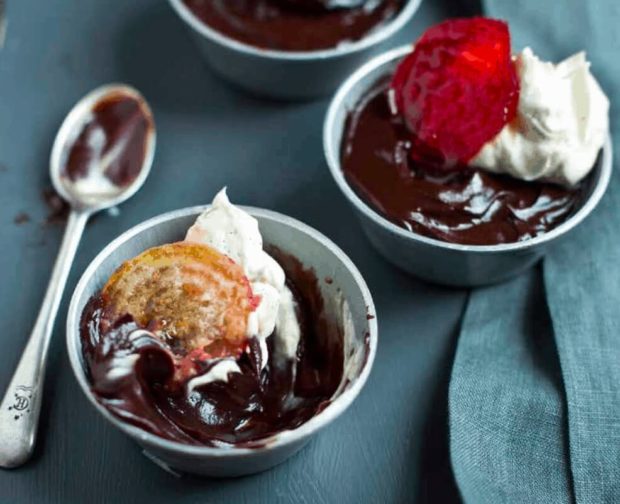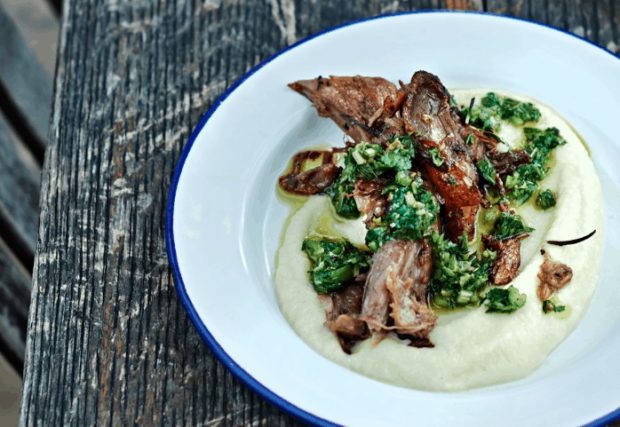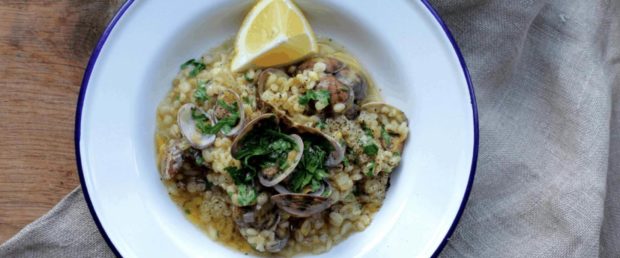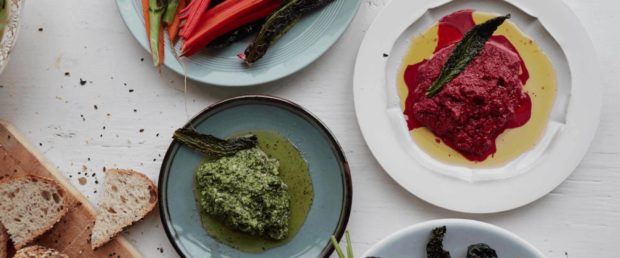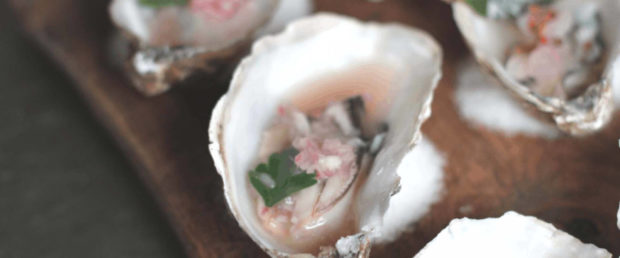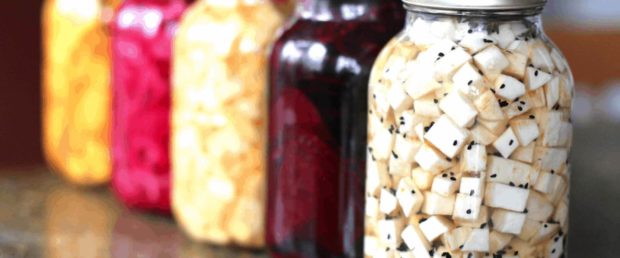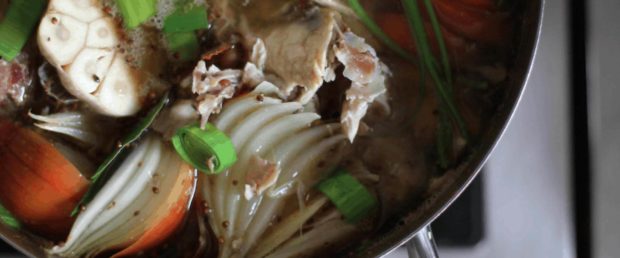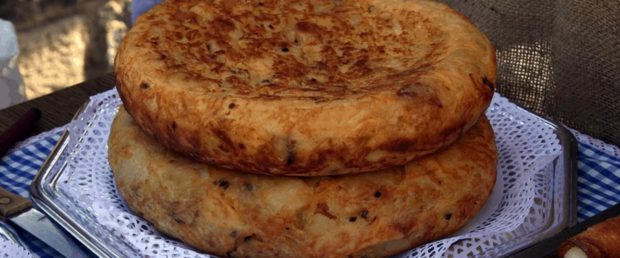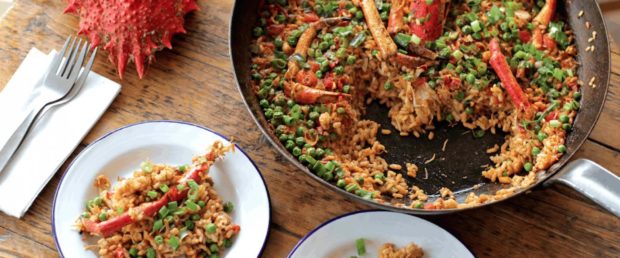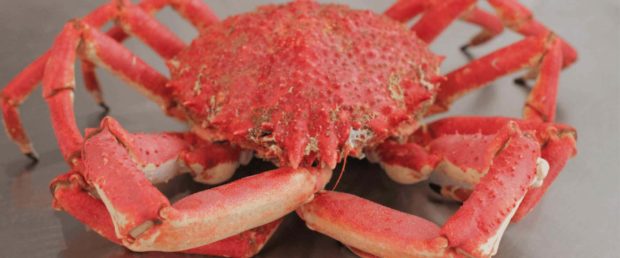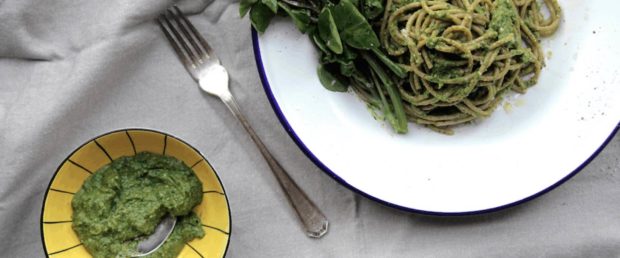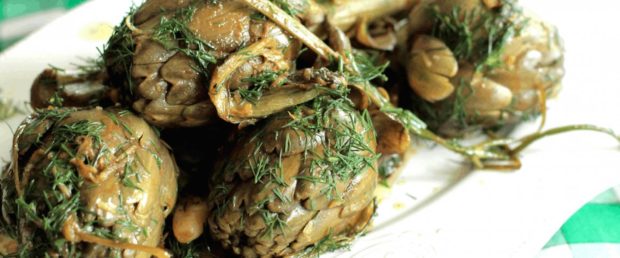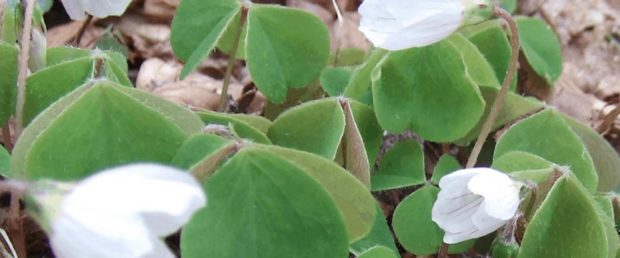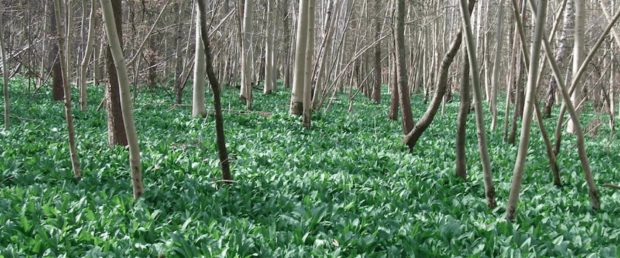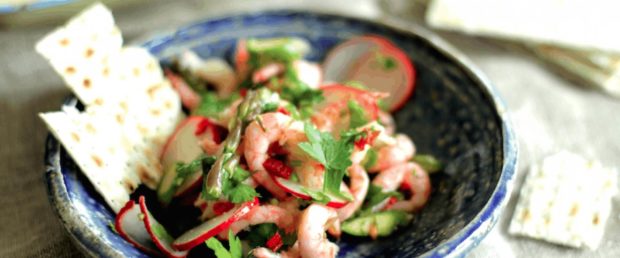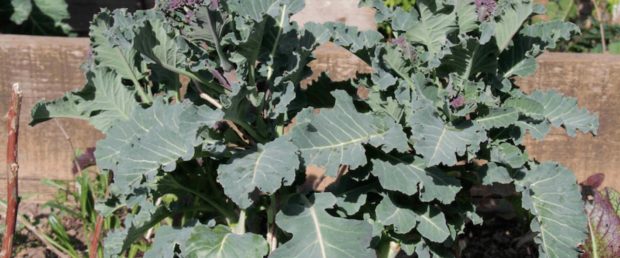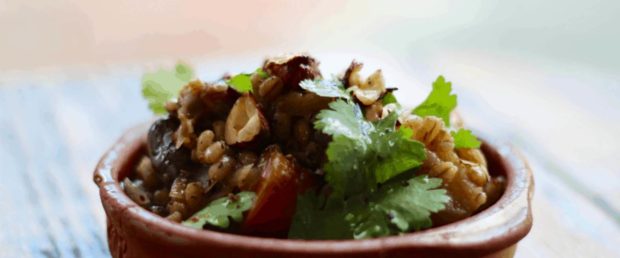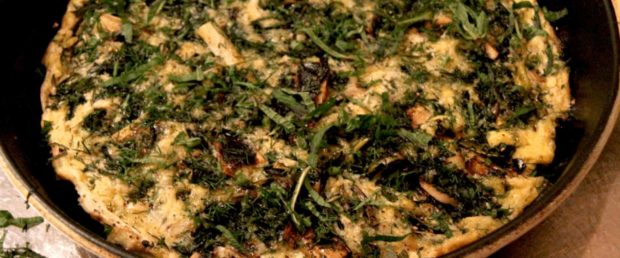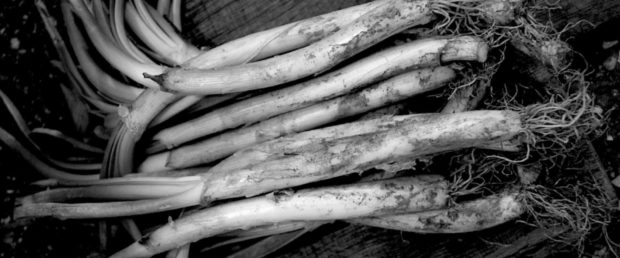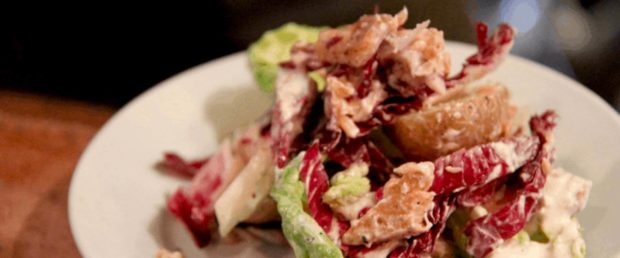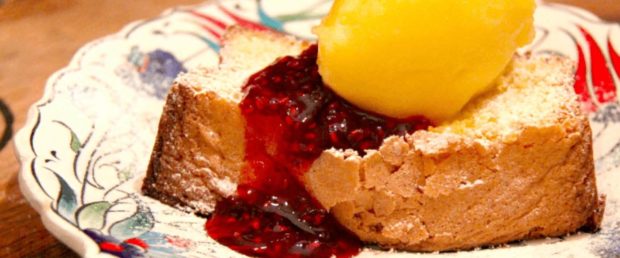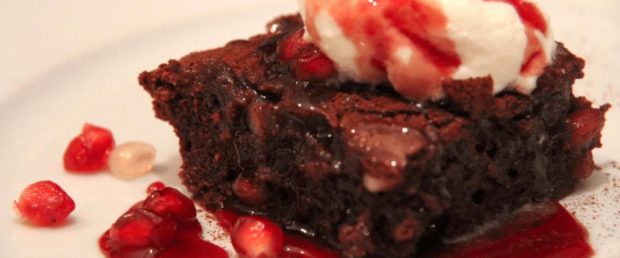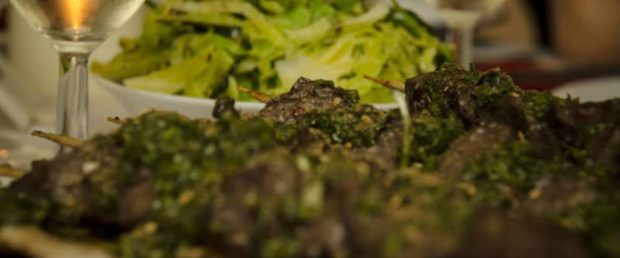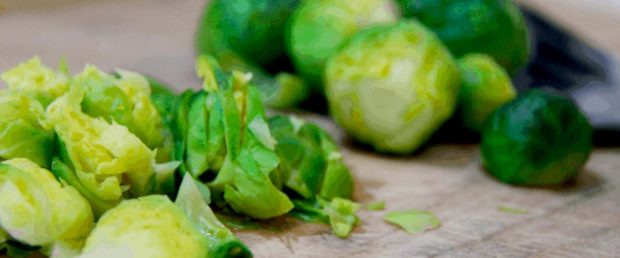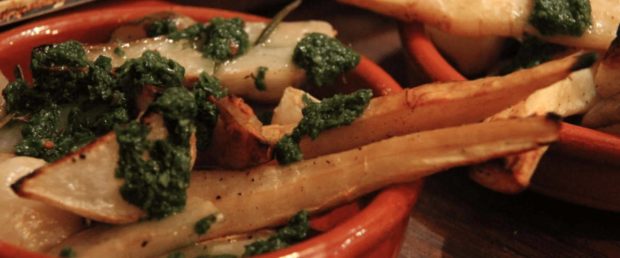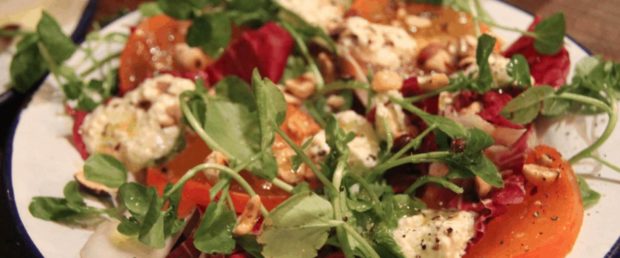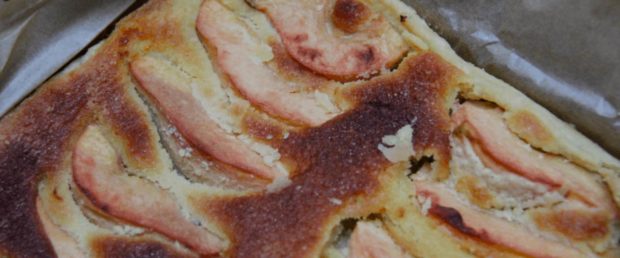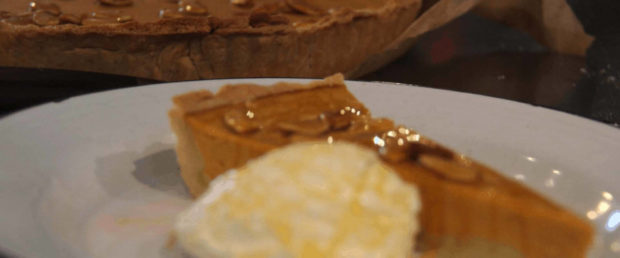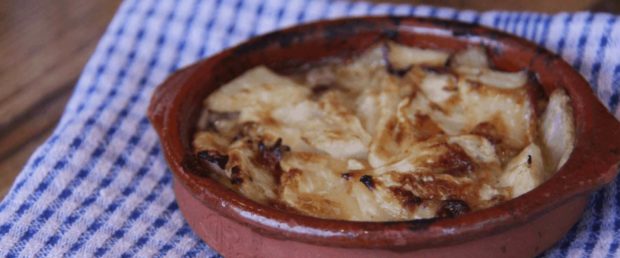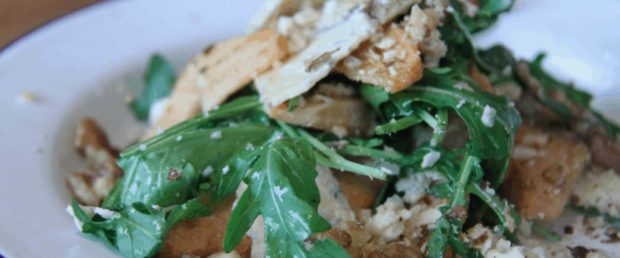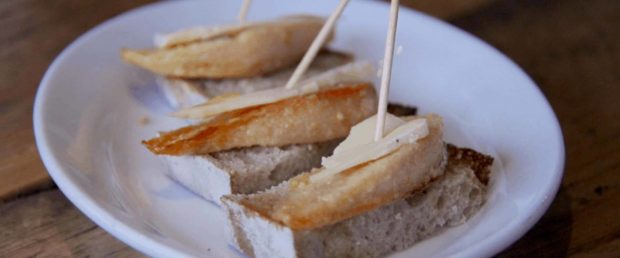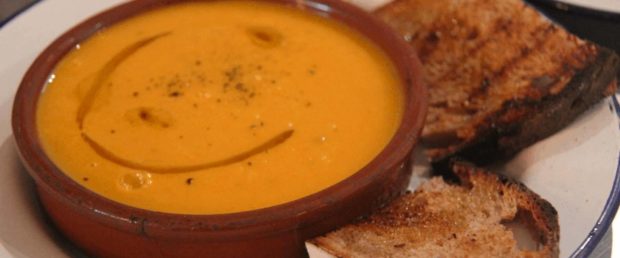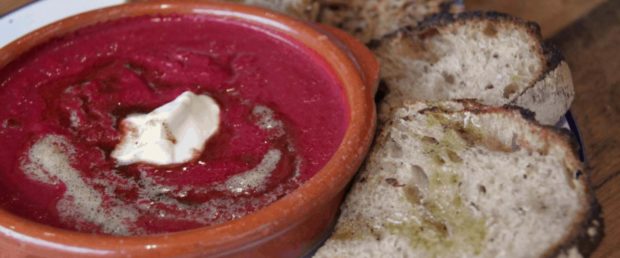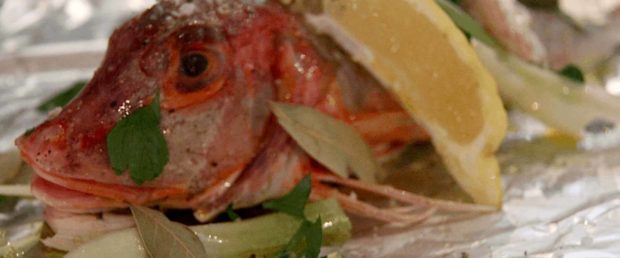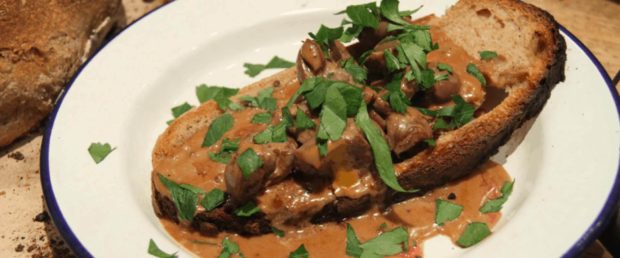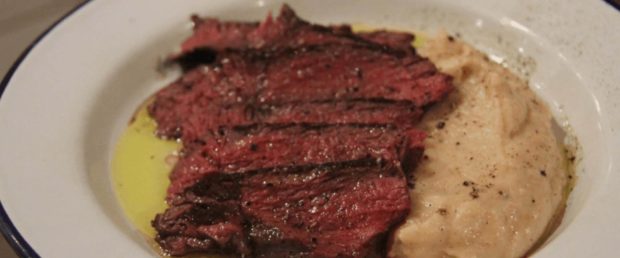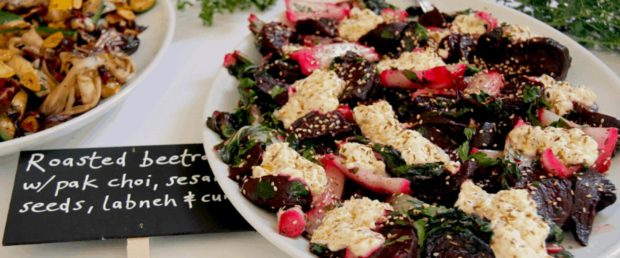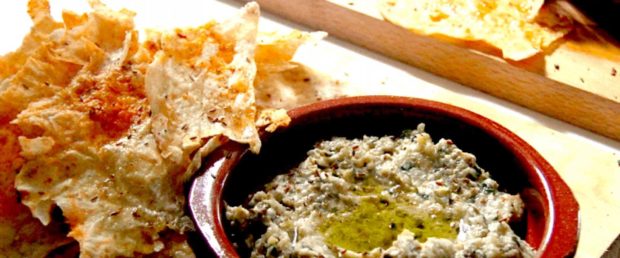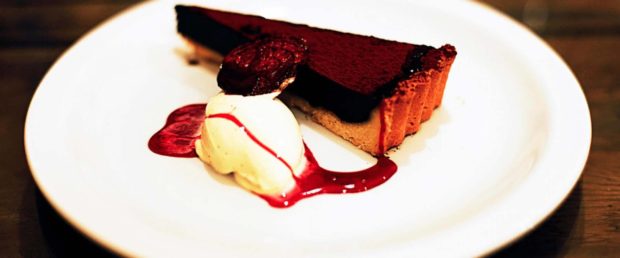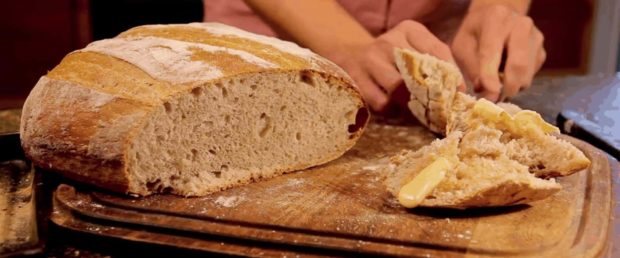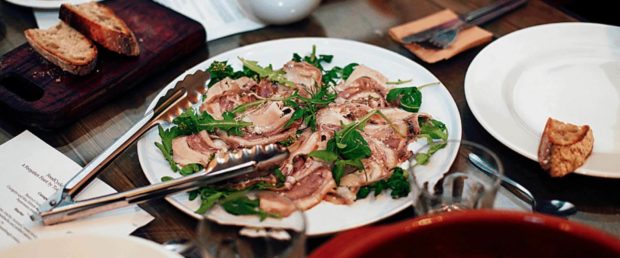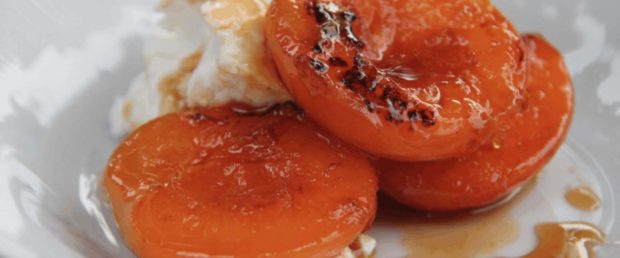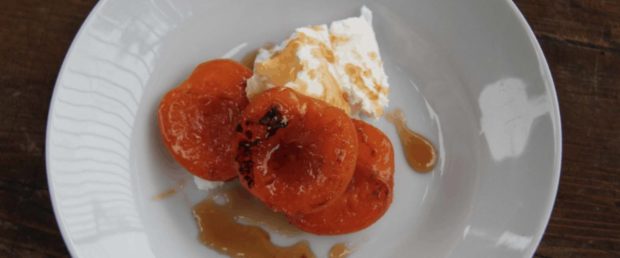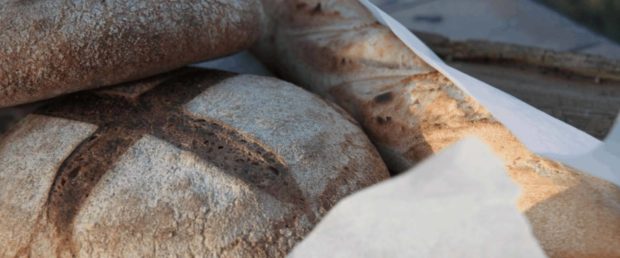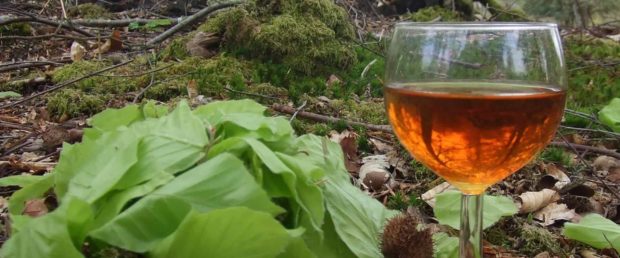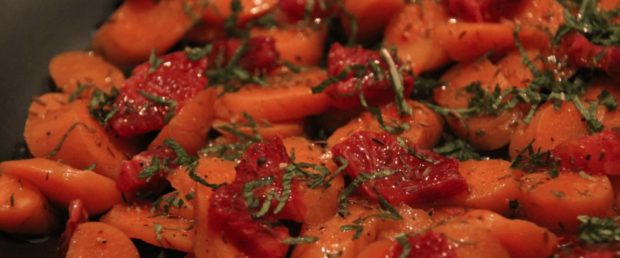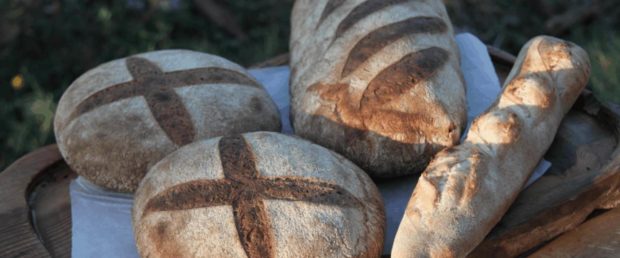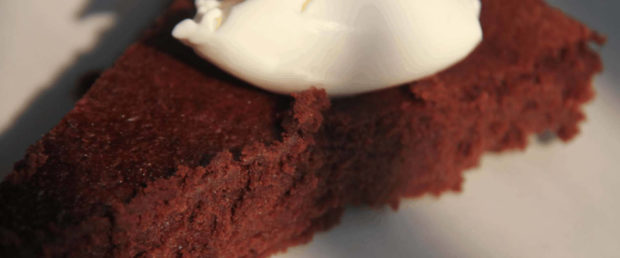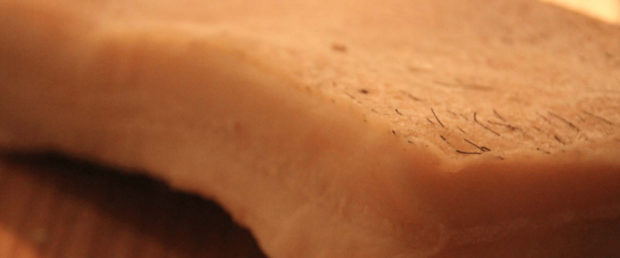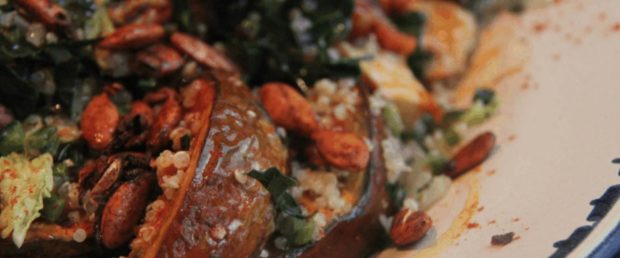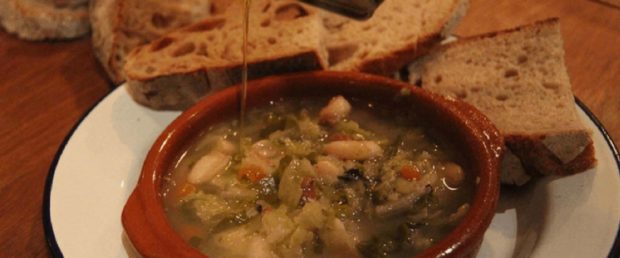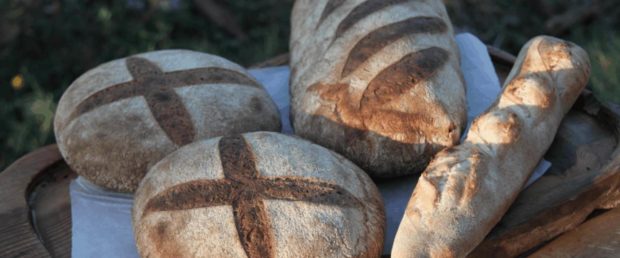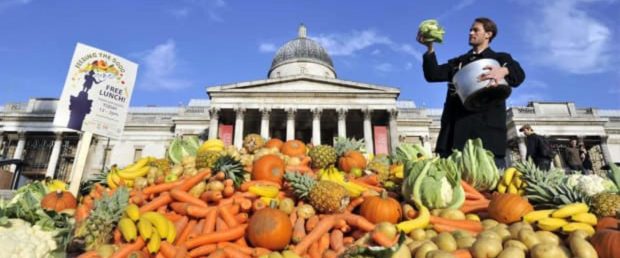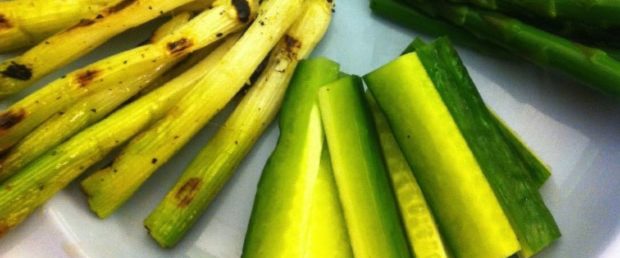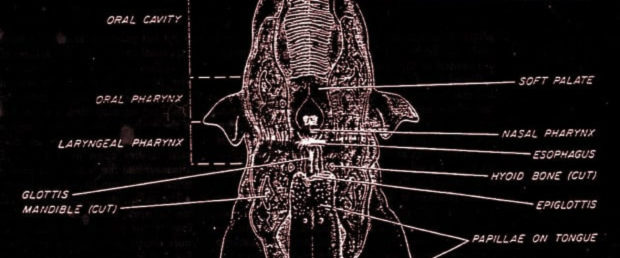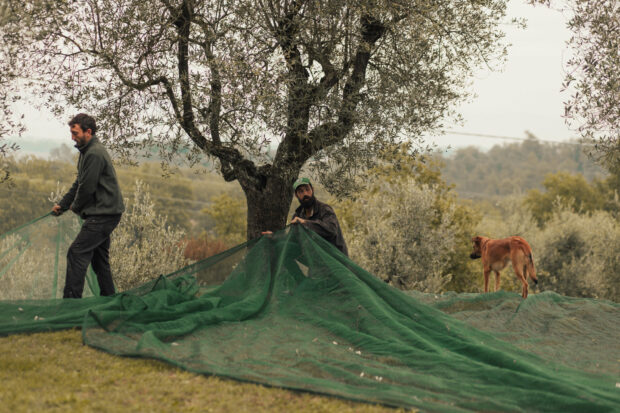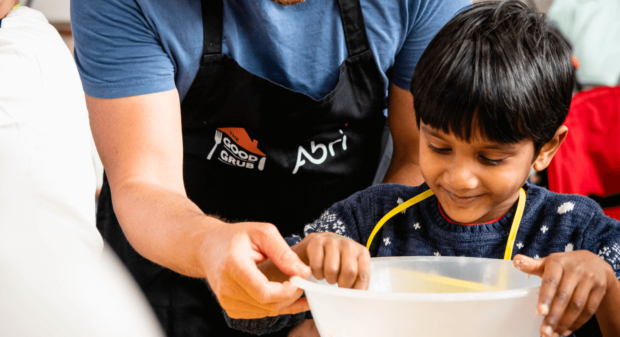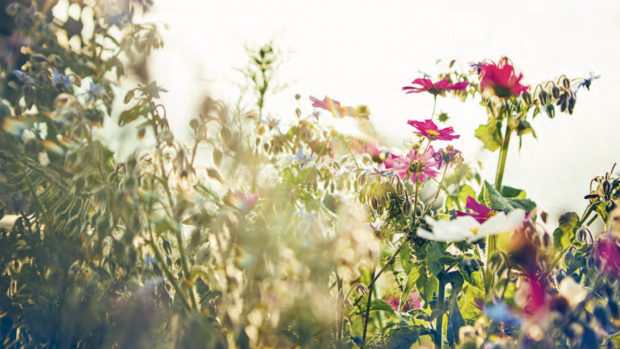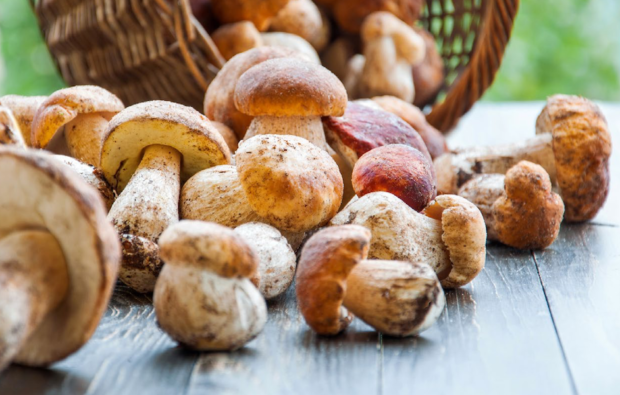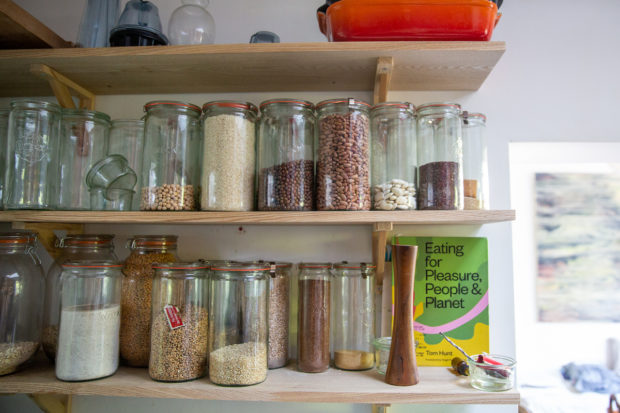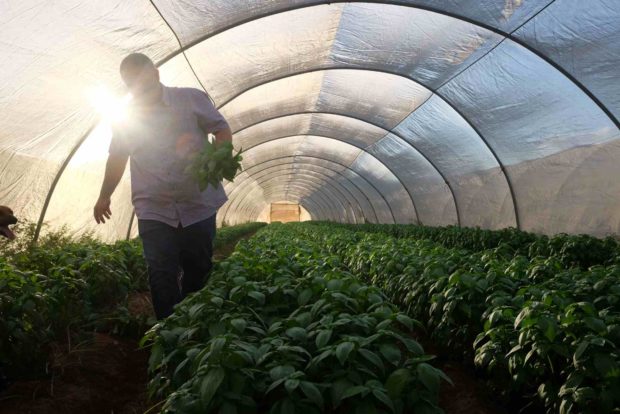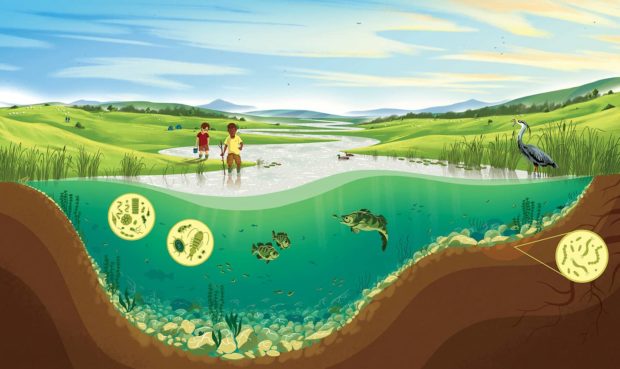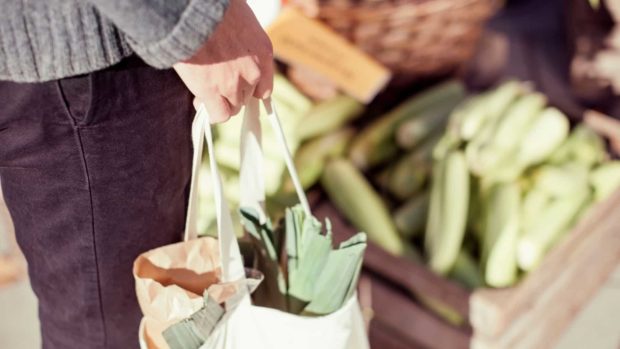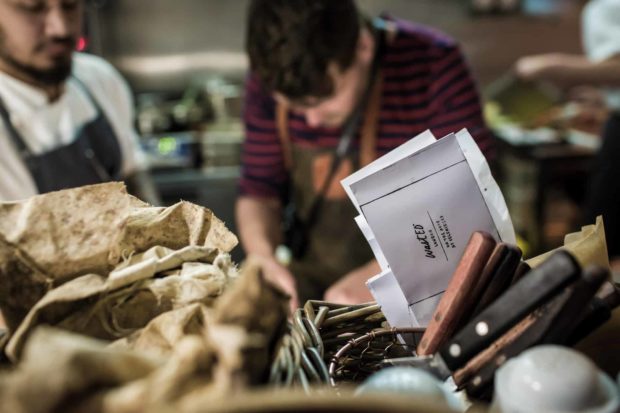This post was previously published on www.goodbyesupermarkets.co.uk
A wonderful springtime green is Watercress. A powerhouse of vitamins and minerals that should perhaps have been Popeye’s iron rich, muscle pumping, bicep bulging choice of greenery.
Spring is here and early. Somehow we seemed to have missed winter, the weather has been barmy! I’m interested to see how it is going to affect the vegetable calendar. I’m expecting we’ll have bumper crops and maybe we’ll get lucky with an early asparagus season.
Watercress has been foraged and farmed since Roman times. According to the book ‘James Cook and the Conquest of Scurvy’, Captain Cook was able to circumnavigate the globe three times, due in part to his use of watercress in his sailors’ diets. Watercress is also recorded as being on the menu for the very first Thanksgiving with the Pilgrims and the American Indians. In the UK watercress was first commercially grown in 1808 along the river Ebbsfleet in Kent. It is still widely grown across the UK, mostly in Hampshire, Wiltshire and Dorset.
Watercress is delicious served simply as it is, without even a drop of dressing, full of flavour; fresh and crunchy, with a mustardy twang. It pairs well with rare beef and smoked salmon or trout with a squeeze of lemon. It is also delicious cooked. The pepperiness disappears once cooked, of course, and then we are left with a marvelous savouriness. So delicious in soup, actually one of my favourite soups ever since childhood is watercress and potato. My recipe book‘The Natural Cook’has ten or so watercress recipes, both cooked and raw, including wilted watercress with mechoui lamb, watercress tempura, and puy lentil salad with sundried tomatoes, feta and watercress pesto. It really is versatile and worth experimenting with.
Watercress grows fervently in fresh, running water and is common in the wild. If you spot it while out foraging be careful to make sure the water is clean though, as watercress is a sponge that doesn’t just soak up the beneficial minerals from its ecosystem. The same is true for cultivated watercress, as it has a lot of natural predators pesticides are used heavily, so buy organic if possible.
Watercress Pesto
With the recent sunny weather I thought that watercress pesto would be a nice recipe to feature here. I’ve served it with spelt pasta but it can be used in many ways. Make a big batch and it will keep in the fridge for a week. Serve it with chicken or fish, or use it as a salad dressing thinned down with a little extra virgin olive oil.
Waste not: The whole plant – thick and thin stalks – are edible and delicious. The roots, if there are any, are fine cooked in soup or stock. To serve raw, pull the stalks into manageable sized pieces. Watercress is easily bruised and doesn’t last long, so buy in small quantities. I find that it keeps best in a jar of water. If it does begin to wilt, cook in a soup or broth or saute with garlic in a pan and serve with a splash of soya sauce.
[recipe]
Ingredients – makes 1 small jar
2 tablespoons pine nuts
100g of watercress, washed, shaken dry and roughly chopped
1 clove garlic, peeled
30g parmesan
100ml of olive oil
juice of half a lemon
[/recipe]
Toast the pine nuts in a dry pan for 3-5 minutes until they are golden brown with charred edges. Put all ingredients in a blender. Season with salt and pepper and blend to a rough paste.
